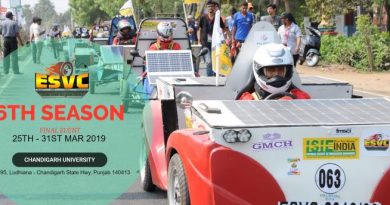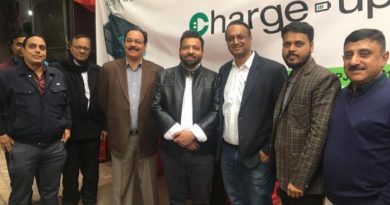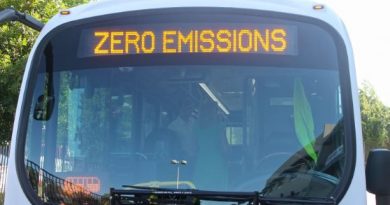As Electric Bus Plans Move Into Higher Gear, Big Challenges for Indian States
The last two months have seen states making announcements with increasing frequency on their electric bus plans for public transport. Are we really ready for them?
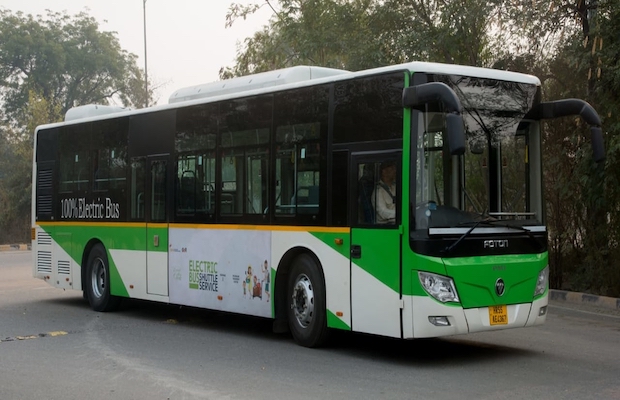
In just the past two months, announcements have been made for over 2000 electric buses from states across India, be it Delhi, Kashmir, Maharashtra or Punjab.
It is important that local state transport authorities realise that an electric vehicle purchase is much more than just buying a bus that runs on electricity. Earlier this week, news reports said that 20 recently acquired electric buses are sitting idle in Srinagar as there were no charging points. Even low floor CNG buses in the capital had their share of problems when they first came in, showing up the poor planning of the state authorities.
In Bengaluru, the state government has actually decided to shift their young electric vehicle fleet to longer routes, as the buses are simply not able to run effectively in the clogged city.
China, home to 99% of the world’s electric bus fleet is actually the best place to start and understand what to do, and what not to do. Shenzhen, the city in China that grabbed headlines for its all electric fleet is a good example, for the sheer amount of investments and efforts it took to ‘prep’ the city for electric buses.
A report from the World Resources Institute (WRI) points to just that challenge, and how cities and states need to learn. Giving the Shenzhen example, the lead author of the report, Camron Gorguinpour writes about Shenzhen’s long process in setting up the charging infrastructure to support more than 16,000 electric buses. Each bus has a range of about 124 miles on a single charge of 252 kilowatt hours (KWh). In total, the fleet can eat more than 4,000 megawatt-hours (MWh). That is about enough power run thousands of homes in India for a full day probably. “That’s an insane amount of power required, not to mention real estate,” he says. “And the process to identify what land is available, then to work with the utilities—even just figuring out the optimal location—is a hugely important task, and incredibly challenging.” In land starved metros in India, doubly so.
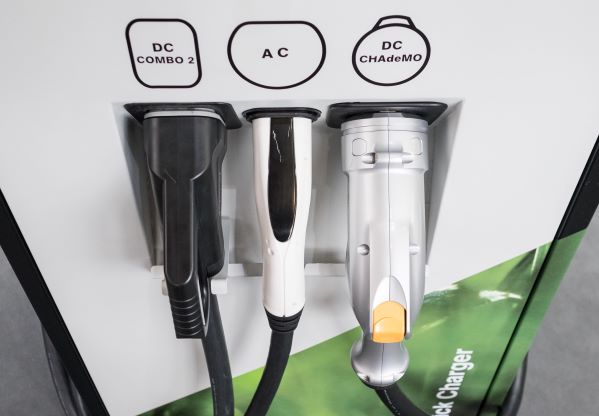
India’s creaking power distribution network also offers its own challenges. While it is safe to say it is in the middle of a big renewal, and thus a great time to incorporate preparedness for EV charging, the fact remains, that to make it ready for EV charging also requires extra investments. Especially the sort of fast charging networks that will be demanded soon.
In the case studies featured in the WRI report , the price of a new e-bus was a major factor, something we are already discovering in India too. With prices being quoted in the range of Rs 2 to Rs 4 crores, even after stripping them down for India, as compared to an average price of say, 4 crores plus in the US, the financial challenge is real.
For cash strapped local governments, the high initial cost trumps life time cost in terms of savings in fuel, pollution benefits etc. This could mean further delays in the adoption process , or the sort of tentative pilots that we are seeing with ultra small fleet buys of 10-200 buses.
On top of everything is the nature of the ‘refueling’ business in India, rules that one assumes, might apply to charging infrastructure too. Thus, if you had car drivers refueling their own vehicles in the US as long back as the 1930’s, in India, labour economics, and the reality of driver literacy meant that permanent attendants are a must at fuel outlets. In an E-charging station, that requires an attendant too, the whole idea of cheap ‘fuel’ or charging could be lost with efforts to recover the cost of the attendant too. All this, keeping in mind the much more extra time each vehicle will take to be charged. Battery swapping seems to offer a way out here, but even that will be limited to two-wheelers probably for some time.
All in all, while Electric buses offer welcome benefits to some of the world’s most polluted and congested cities direly in need of a better public transport system, rushing headlong into it without the right sort of preparations, or answers to the questions raised above, will guarantee an unnecessarily long learning curve.
By Arrangement with SaurEnergy.com

